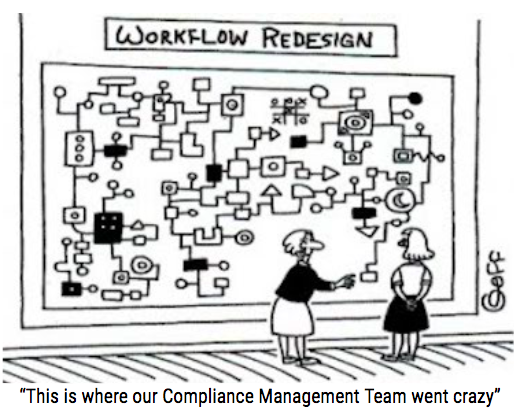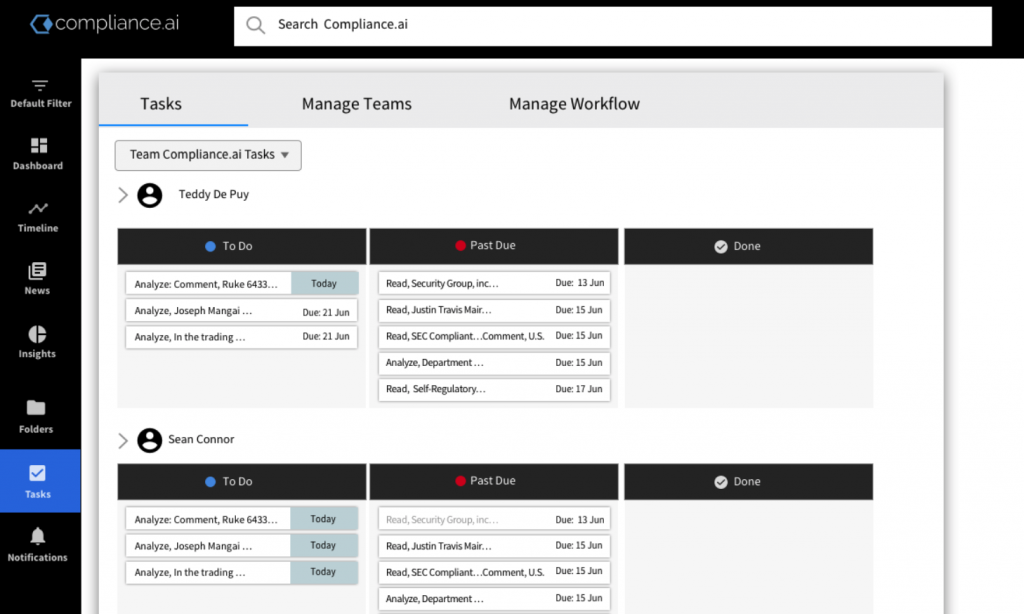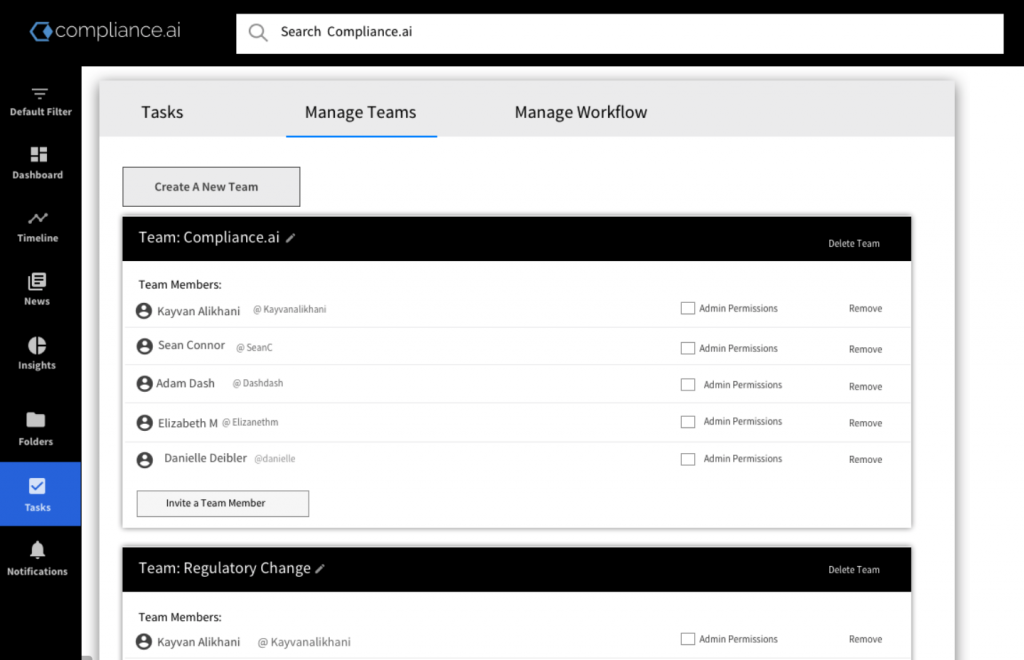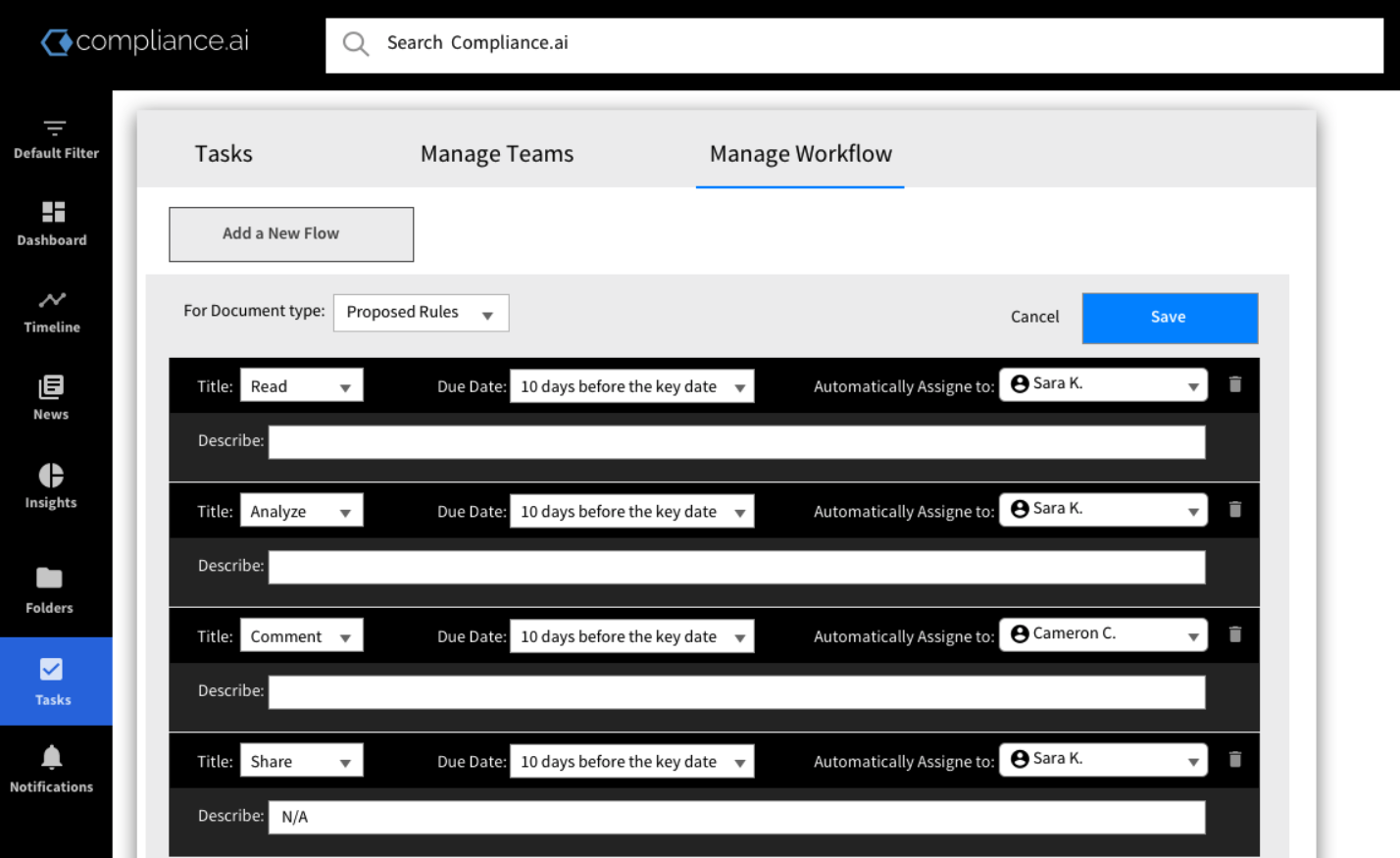If we hop in our time machine and travel back to 2008, there were an average of 10 regulatory changes published by federal agencies relating to financial regulations, per day. Fast forward to 2016, and we see the pace increasing to over 200 changes per day.
 Automatically monitor regulatory updates to map to your internal policies, procesures and controls. Learn More
Automatically monitor regulatory updates to map to your internal policies, procesures and controls. Learn More
1558 Enforcement Actions in the U.S. over past 30 days
FTC enforcements decreased 55% over the past 30 days
SEC issued enforcements: $37,812,859 over the past 30 days
50 Final Rules go into effect in the next 7 days
49 Mortgage Lending docs published in the last 7 days
1670 docs with extracted obligations from the last 7 days
new Proposed and Final Rules were published in the past 7 days
11906 new docs in pro.compliance.ai within the last 7 days
Check out Expert In The Loop Forum OnDemand!
Considering RCM Solutions? Here’s an RFP to get started.





